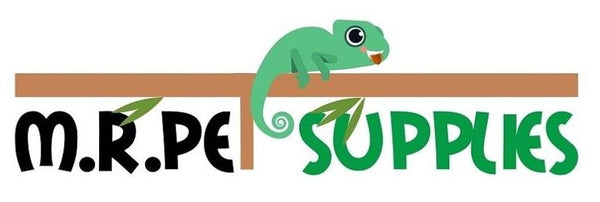Dubia Roach Chow
The good & bad thing about Dubia roaches is they will almost eat anything given to them. The main reasons this is bad is alot of people think dog food and water crystals is an inexpensive way to keep them alive and "healthy". This is simply a myth mostly drummed up from inexperience and perpetuated through the various reptile groups from years ago when they first started hitting the feeder scene.
Dubia raoches in the wild primarily eat fruits and veggies found on the jungle floor. They are really the clean up crew of nature. That being said they don't normally eat high amounts of animal protein in their natural environment. They do have a semi unique ability to store uric acid, which to some reptiles can cause some illnesses.
A good rule of thumb is try to keep the protein content in your feed between 14-16%.
What we generally use is a high quality chicken hen laying feed ground up to a fine powder and add some reptile vitamin powder (not the kind with calcium as the chicken feed has that already). You can make your own out of many things, raw grains, and wild bird seed and alfalfa pellets ( rodents eat these a lot in the pet world).
A good Combination is as follows:
- 16oz Grain Feed
- 8oz cup pellets
- 8oz cup Wild bird seeds
- 1 teaspoon Vitamins
- Grind to a fine powder
To add more micro nutrients you can add a few teaspoons of bee pollen and spirulina. There is some debate about adding calcium and its benefits.
Great Veggies would be any veggie your currently feeding your reptiles or other pets that would be eating the Dubia Roaches.
What we use is as follows:
- Collard Greens
- Radish Greens
- Curly Mustard Greens
- Red Lettuces
- Basil
- Carrots
- Squash
- Sweet Peppers
If your wanting to get fancy you can even dehydrate this and add them to the chow mixture. This is something that we do to add some premium nutrients to our chow. As we grow or source locally grown organic produce.
It is recommended that you freeze the chow for 24-48 hours before using to kill any grain mite eggs that could be dormant in the ground grains.
It should look similar to the image below:

